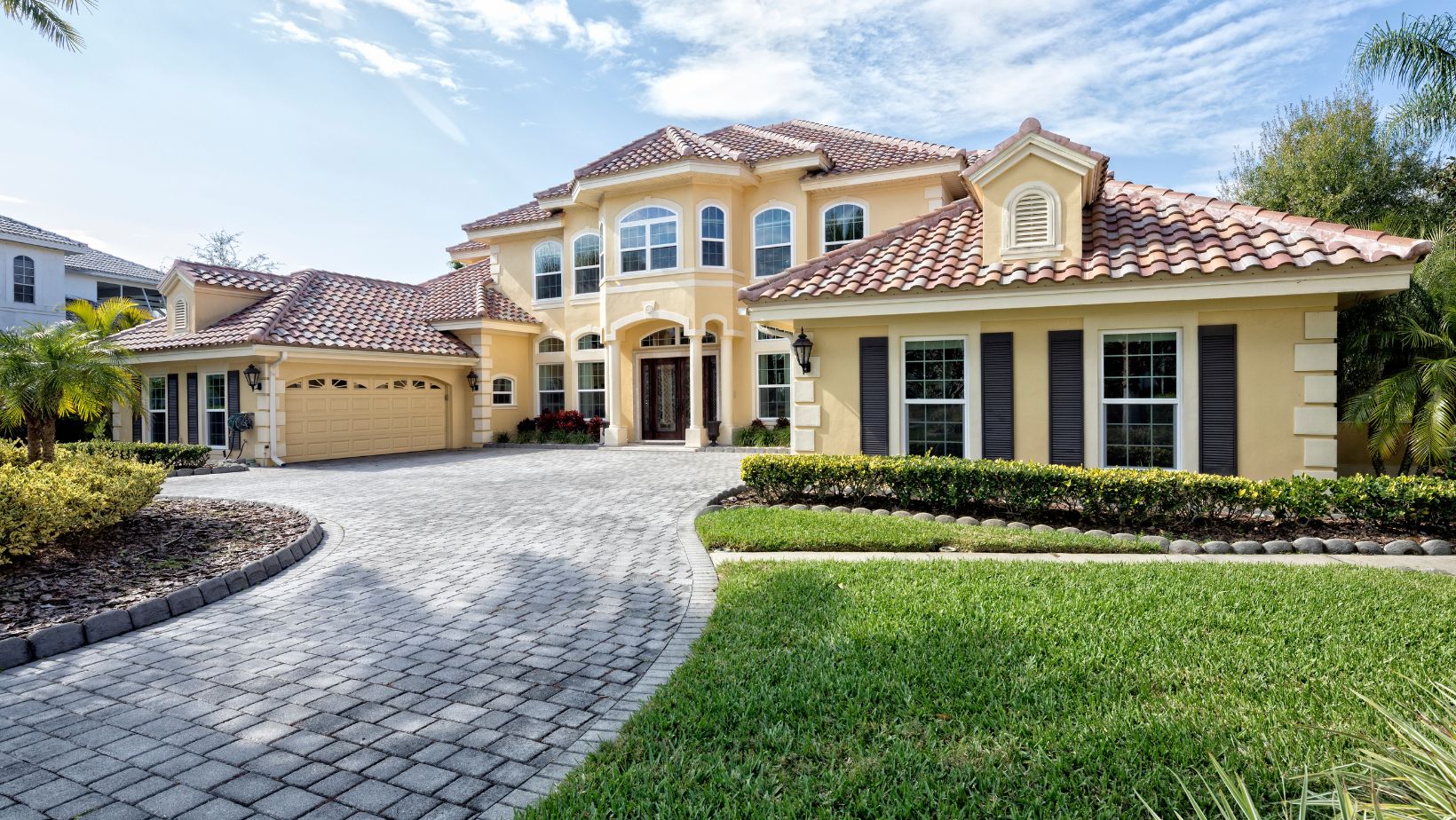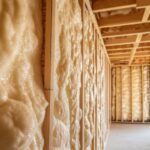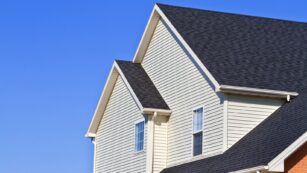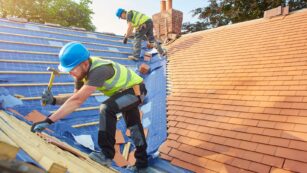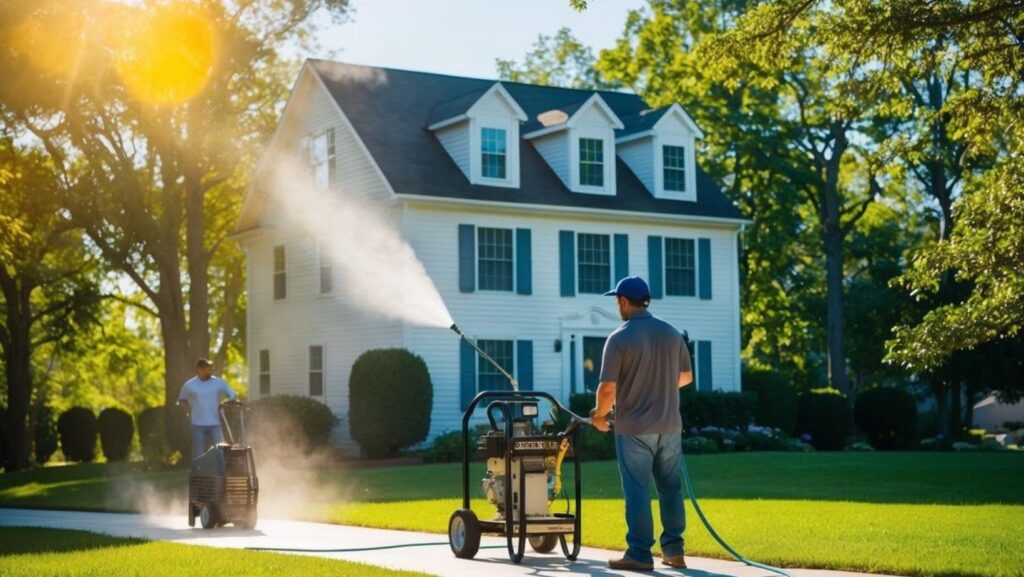
A clean home exterior not only enhances curb appeal but also protects the property from damage. Typically, homeowners should consider outdoor surface cleaning of their home’s exterior at least once a year. This regular maintenance can prevent the buildup of dirt, mold, and mildew, which can lead to long-term issues if left untreated.
Factors such as the climate, location, and the material of the home’s exterior can influence the frequency of pressure cleaning. For instance, homes near coastal areas may require more frequent cleanings due to salt and humidity, while homes in drier climates may need less. The condition of the exterior also plays a crucial role; if it appears dirty or shows signs of mold, it’s time for a clean.
Understanding the optimal timing for pressure cleaning can prolong the lifespan of exterior surfaces and maintain property value. Regular maintenance leads to a healthier living environment and enhances the home’s aesthetic appeal.
Determining the Frequency of Pressure Cleaning
The frequency of pressure cleaning depends on several factors, including environmental conditions and the specific surfaces involved. Understanding these factors will help determine the best schedule for maintaining the home’s exterior.
Factors Affecting Cleaning Schedule
The surrounding environment plays a significant role in how often pressure cleaning is necessary. Homes located near trees may accumulate leaves and pollen quickly. Likewise, properties in coastal areas are prone to salt and moisture that can lead to mold and mildew growth.
Building materials also influence the cleaning frequency. For instance, vinyl siding usually requires less frequent cleaning compared to wood siding, which can absorb dirt and moisture more easily. Regular weather patterns, such as heavy rainfall or snowfall, can necessitate more frequent cleanings to prevent staining and damage.
Identifying Signs That It’s Time to Clean
Homeowners should be vigilant for clear indicators that pressure cleaning is needed. Stains, discoloration, or mold growth on surfaces are strong signals. These signs suggest that dirt has built up and may impact the material’s longevity.
Another indicator is increased slipperiness on walkways or patios, caused by algae or moss, posing safety hazards. Additionally, if outdoor surfaces appear dull or grimy despite other cleaning efforts, pressure cleaning may restore their original appearance. Regular inspections can help catch these issues early, ensuring the home’s exterior remains in good condition.
Most Practices for Pressure Cleaning
Proper pressure cleaning requires the right equipment, effective techniques, and appropriate post-cleaning maintenance to ensure the longevity and appearance of outdoor surfaces. Following these best practices can enhance the efficiency and effectiveness of the cleaning process.
Choosing the Right Equipment
Selecting appropriate equipment is crucial for successful pressure cleaning. Homeowners should consider the following factors when choosing a pressure washer:
- Pressure Rating: For light tasks, a unit with 1,500 to 2,000 PSI suffices. For tougher jobs, like cleaning driveways, one with 2,500 PSI or higher is necessary.
- Cleaning Options: Look for models with adjustable nozzles to customize the spray pattern. A wide range of attachments, such as deck cleaning brushes, can also enhance cleaning efficiency.
- Electric vs. Gas: Electric pressure washers are quieter and more suitable for residential use. Gas models, while louder, provide more power for larger areas.
Choosing the right equipment ensures effective cleaning without damaging surfaces.
Pressure Cleaning Techniques
Applying the correct techniques is essential for achieving desired results. Homeowners should adhere to these methods:
- Preparation: Clear the area of furniture and debris. Wetting nearby plants helps minimize chemical damage.
- Angle and Distance: Position the spray nozzle 12-18 inches from the surface. Maintain a 45-degree angle to prevent surface damage.
- Cleaning Solution: Use manufacturer-recommended solutions for specific surfaces. Apply from the bottom up and rinse from the top down to prevent streaks.
- Testing: Test the pressure on a small, inconspicuous area first. Adjust the pressure and cleaning method as needed.
Incorporating these techniques enhances both safety and cleaning efficiency.
Post-Cleaning Maintenance
After pressure cleaning, proper maintenance extends the lifespan of surfaces. Consider the following practices:
- Inspection: Examine surfaces for damage. Repair any issues before applying protective treatments.
- Sealing: Apply a sealant to porous surfaces like wood and concrete. This preventive step helps resist future staining and damage.
- Regular Maintenance: Establish a regular cleaning schedule to keep surfaces in optimal condition. Seasonal cleaning, depending on environmental factors, is often recommended.
Adhering to these post-cleaning steps ensures lasting results and improved aesthetics for outdoor surfaces.

